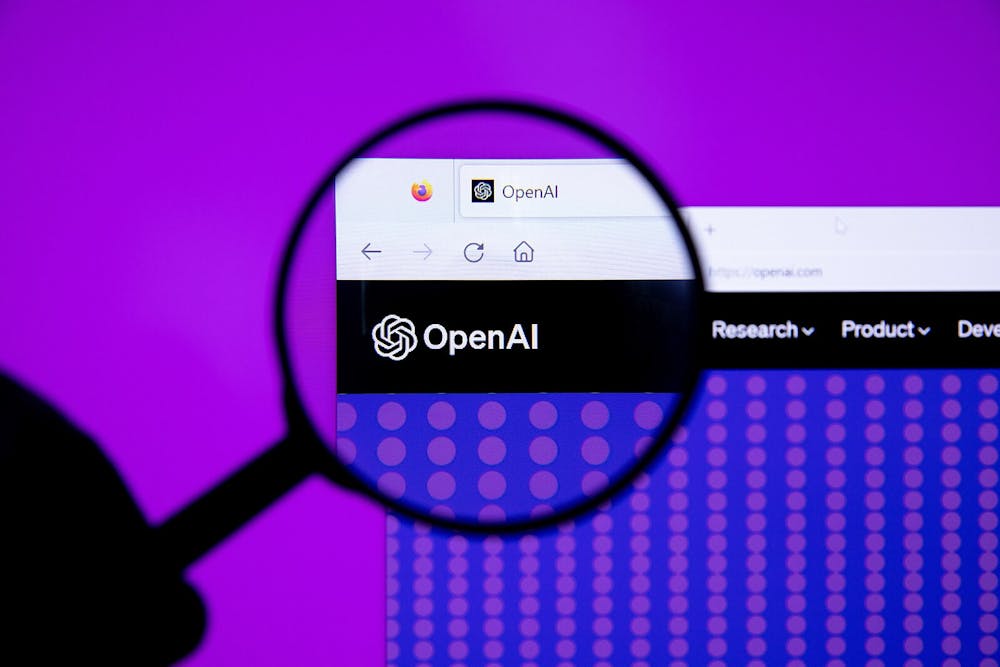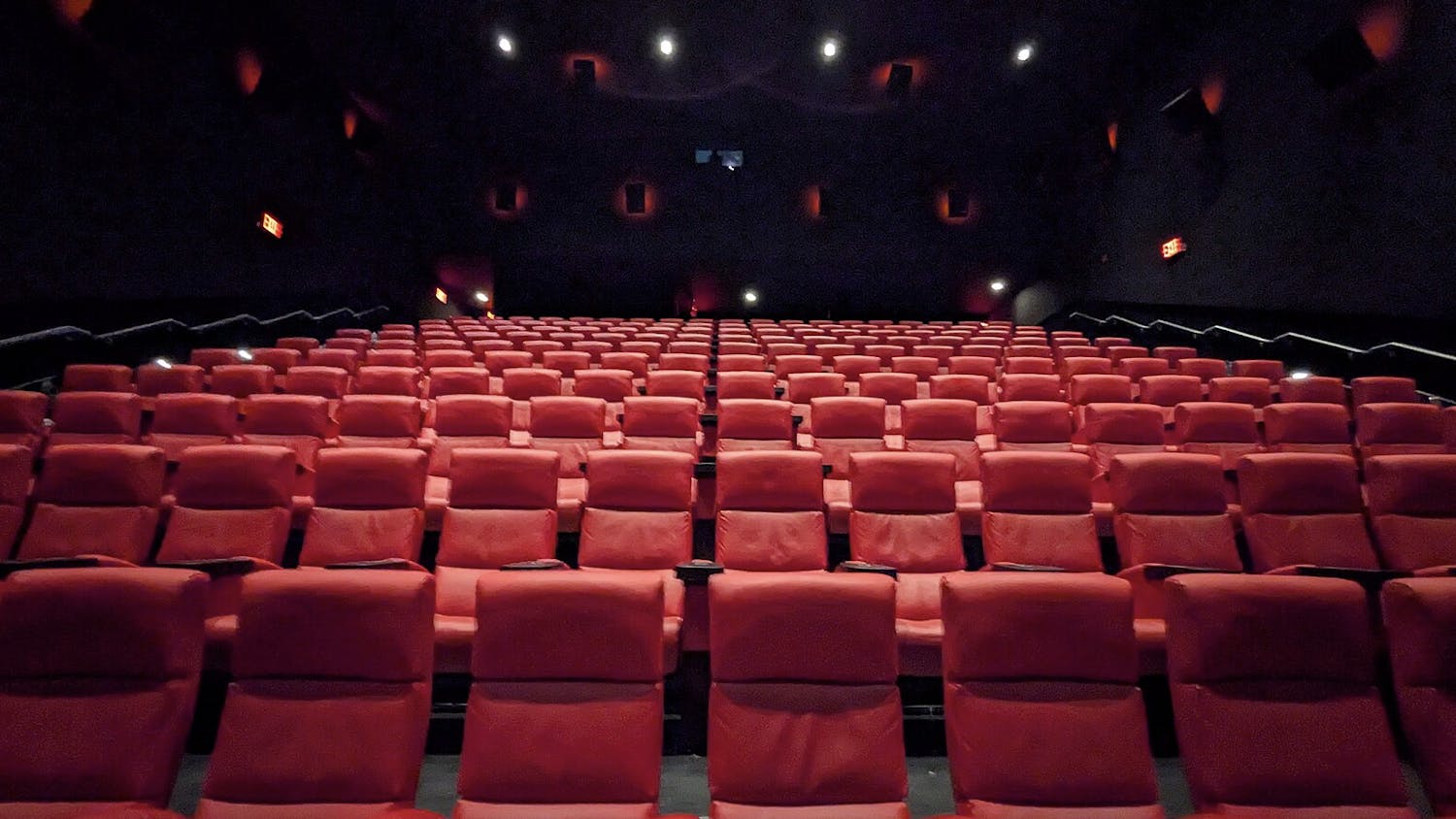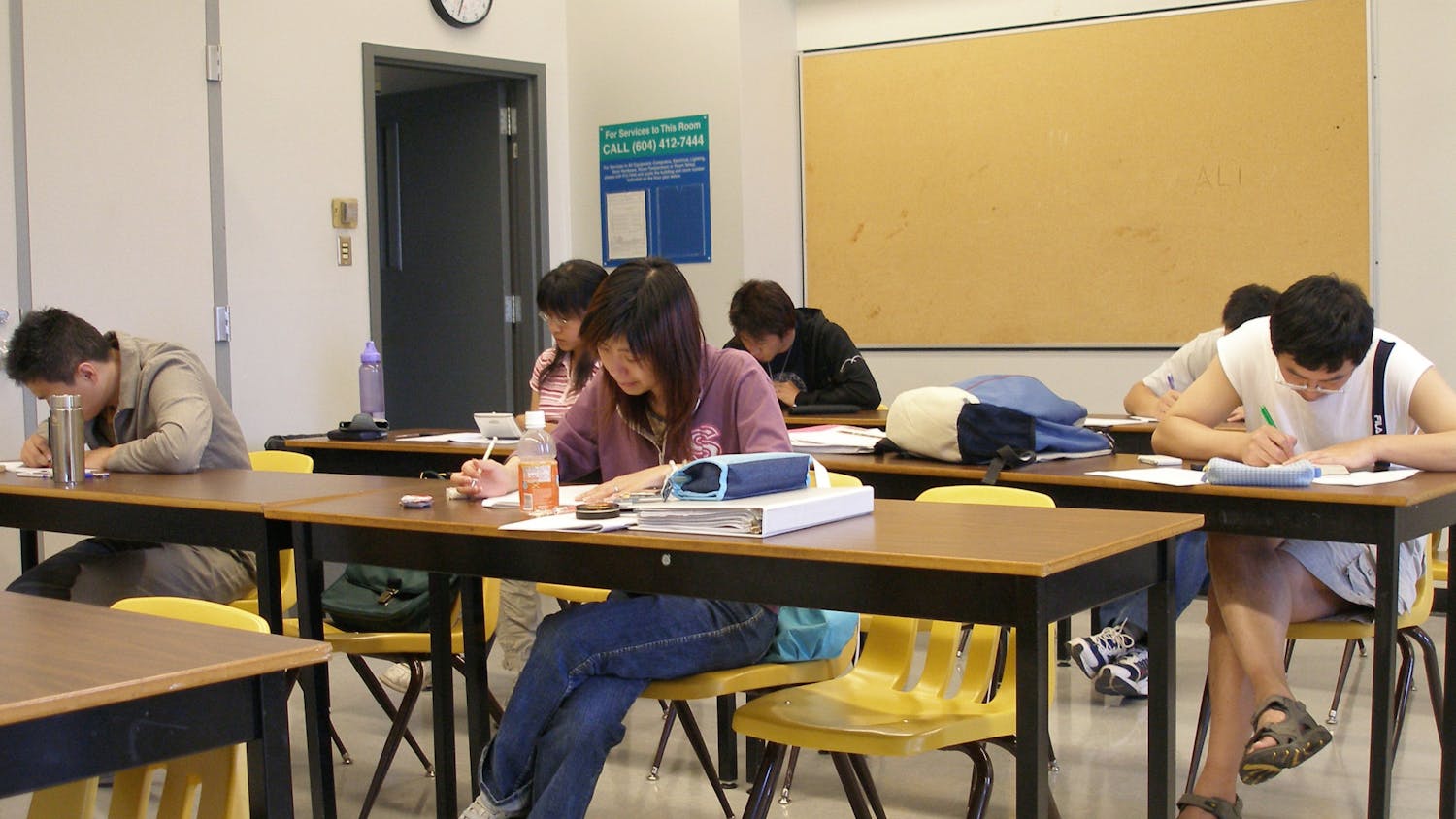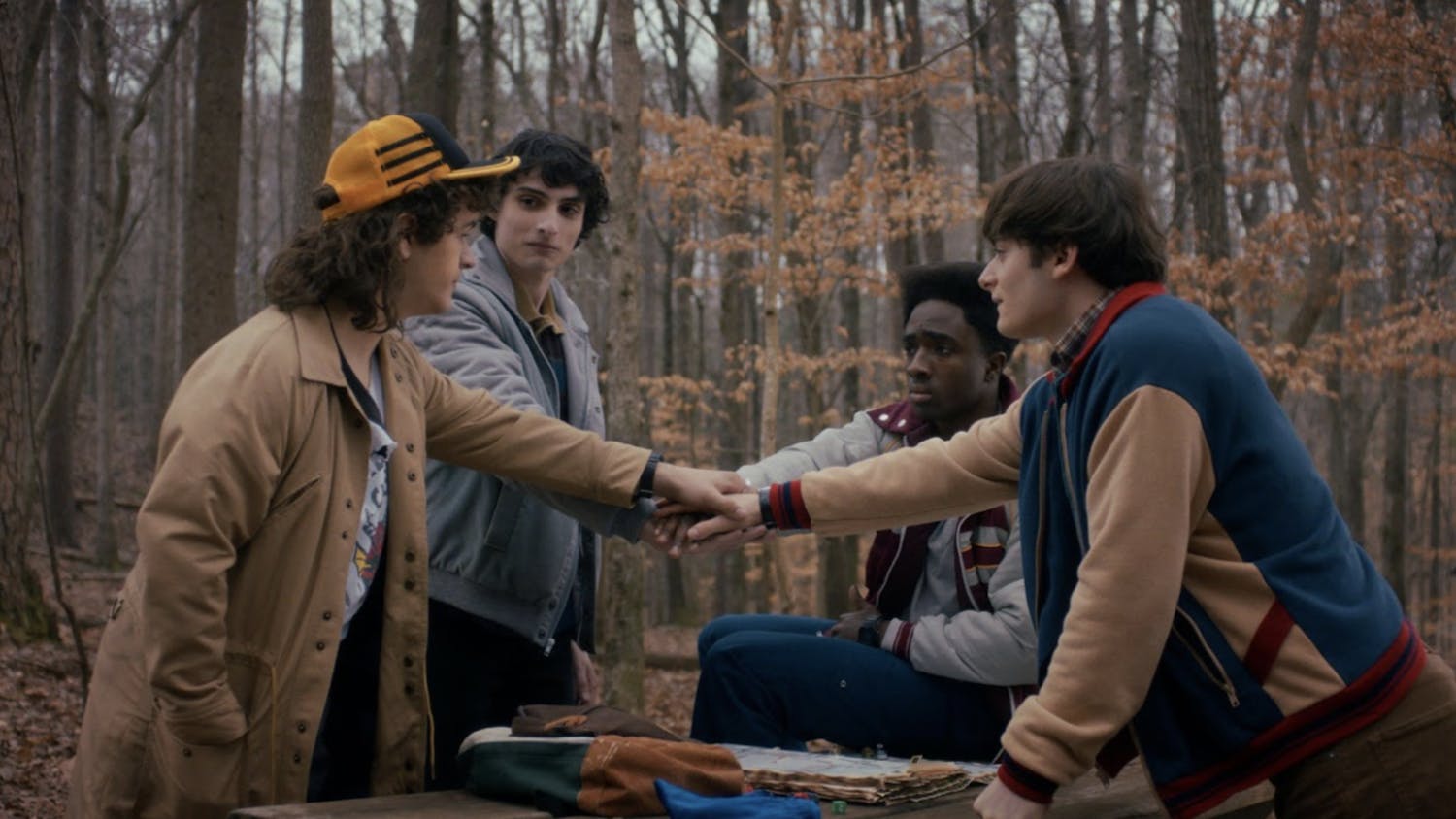By Donovan Crumpton
Correspondent
OpenAI's Sora has emerged as a groundbreaking text-to-video generative model, showcasing impressive capabilities and sparking excitement across various industries.
However, as I delve into the depths of this technology, I find myself increasingly skeptical of its existence, primarily due to its potential to diminish the essence of human creativity in content creation.
Like DALL·E and Lumiere's text-to-diffusion video functionality, Sora converts text prompts into videos with advanced models. It maintains consistency in timing and enhances quality throughout. Yet, despite the impressive technological prowess, its implications raise concerns, particularly regarding the future of content creation.
One of my primary reservations stems from the potential of Sora to erode the fundamental role of human content creation. Through video creation automation, Sora threatens to replace human ingenuity with algorithmic efficiency.
The temptation of immediate success in social media, advertising and prototyping may lead to a reliance on AI-generated content, sidelining the creative contributions of artists, filmmakers and designers.
Sora's potential risks, as highlighted by experts and safety measures, must be addressed. The looming threat of misinformation, copyright infringement and perpetuation of biases underscores the need for cautious integration of such technology into the creative landscape.
ABC spoke with Sam Gregory, executive director of WITNESS (a human rights non-profit organization) and Kristian Hammond, a computer science professor at Northwestern University, emphasizing the potential of these realistically generated images deceiving audiences.
Instances of fake, sexually inappropriate imagery of Taylor Swift and a fake robocall impersonating President Joe Biden have sparked widespread apprehension. Experts cautioned against its potential for creating deep fakes and the challenges in their prevention. The blurred lines between AI-generated and human-created content may exacerbate these challenges, posing ethical dilemmas and regulatory hurdles.
OpenAI has issued statements on its official site regarding Sora’s safety concerns among policymakers, educators and artists. The company attempts to articulate this technology’s positive utilization, but claims they cannot anticipate all methods through which the public will use or abuse the service. Although they argue that learning from its usage will influence a more improved service for the future, why run the risk if the results already prove that ambiguous?
As I reflect on the implications of Sora's release, I remember the struggles of artists in an increasingly AI-driven world. The rapid evolution of AI-powered tools presents problematic competition, increasing financial instability and raising questions about the relevance of traditional artistic skills.
Students and professionals grapple with their future in an industry where machines rival human creativity. It becomes an ongoing conversation when underperforming films present a colloquial question: "Was this generated by AI?" Regardless of this tiring question, it becomes evident that most audiences develop heavy disinclinations for gullibility and quickly detect when something possesses little consideration.
While I acknowledge the potential collaboration between AI and humans, I remain cautious of the overshadowing effect that AI may exert on genuine creative expression. The notion of AI as a tool to accompany human capabilities is novel but should not overshadow the intrinsic value of human imagination and emotion in art.
Sora undoubtedly represents a remarkable feat of technological advancement, but its propagation agitates the future of content creation. As we tread into this new era of AI-driven creativity, we must prioritize the preservation of human ingenuity and artistic integrity, lest we risk sacrificing the soul of art.
Various instances exist where AI technology proves beneficial for humans. I am open to a digital future; however, I firmly believe AI should supplement the human touch to avoid renouncing what makes art so beloved: that it originates from time and passion.







